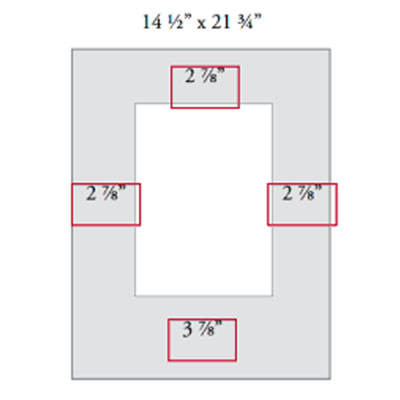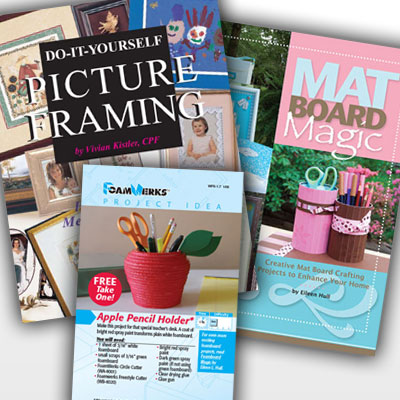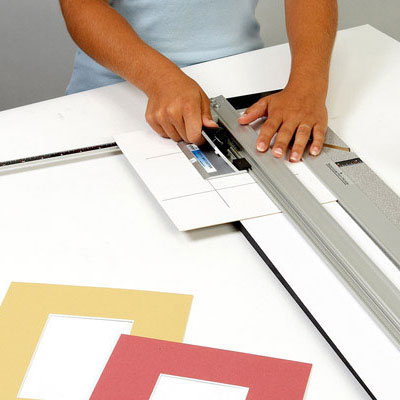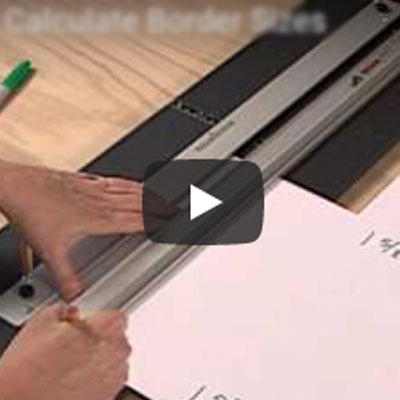Quick. Answer this. What is conservation and archival framing?
If you're like most people, your answer will be something along the lines of, "The assurance that the value of your artwork will be safeguarded by proper framing."
And, like most people, you will be wrong.
To get at the true meaning of conservation and archival framing, at least as it's performed by most frame shops, answer this question. If a framer coats the back of a piece of artwork with adhesive and sticks it permanently to foam board, can that be considered conservation and archival framing?
Most people will answer no. And most people will be wrong.
Frame shops routinely coat the back of artwork with adhesive and stick it permanently to foam board – and they some times call it "conservation and archival framing".
Say What!
But how, you may ask.
For most frame shops conservation and archival framing simply means that nothing potentially acidic will come into direct contact with the artwork. It doesn't necessarily mean that there's nothing acidic in the frame package. Heck, in most frame jobs the most potentially acidic component is the frame itself (if it's made of wood), but in most frame jobs the frame doesn't come into direct contact with the artwork.
So if a frame shop is using an acid-free adhesive to permanently affix a piece of artwork to foam board, the process can still be considered archival, since nothing potentially acidic is touching the artwork.
Hold On. Let Me Get This Straight
But wait! I hear you say. Doesn't the act of sticking artwork permanently to foam board devalue it?
Probably. But framers are usually very careful about what kind of artwork they mount in this way. They reserve this treatment for artwork that's unlikely to increase in value, which is to say open-ended prints like posters, or digital prints that are not part of a limited edition.
When it comes to potentially valuable artwork like originals or limited editions, they mount them using archival tape that has a bond that's easily reversible or they trap them in place with a method that puts no adhesive in contact with the artwork.
So What Exactly IS Conservation and Archival Framing
Still, I hear you say. Coating anything with adhesive and sticking it permanently to foam board should not be referred to as conservation and archival framing. It's misleading.
Well, it's only misleading if you misunderstand what conservation and archival framing is promising you. It is not, as you may think, promising you that the value of your artwork will be preserved, although it may achieve that, depending on the methods used. But what it is promising you, regardless of the "conservation" method, is that your artwork will be presentable for many decades to come.
You see, if you use an acid free adhesive to permanently stick artwork to foam board, you have managed to keep harmful acids out of direct contact with the artwork, which means the artwork will not turn brownish-yellow as a result of acid burn, and will remain presentable for a long time to come.
Therefore, conservation and archival framing, in all cases, provides the assurance that your artwork will remain presentable for years to come, even though it may not preserve the value of it for all that time.
Presentation is different from preservation, and it's a distinction you should keep in mind when it comes to conservation and archival framing.





